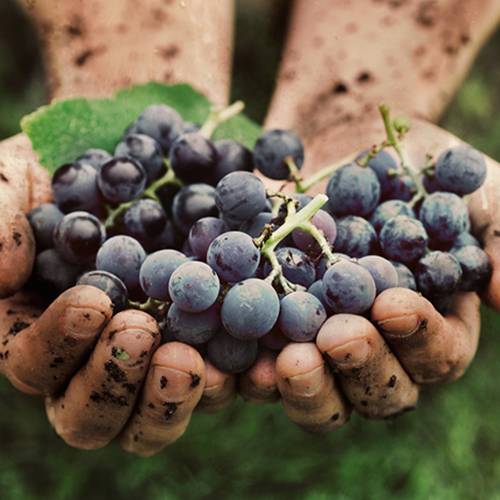- No. 268 Xianghe Street, Economic Development Zone of Xingtai city, Hebei 054001 China
- Byron@hbhongri.cn
paprika pimento
The Vibrant World of Paprika Pimento A Culinary Journey
Paprika pimento is more than just a spice; it's a journey through rich flavors, history, and culinary traditions. This vibrant and aromatic seasoning brings warmth and depth to dishes, showcasing its unique characteristics and the cultures that embrace it. In this article, we will explore the origins of paprika pimento, its various types and uses, and the cultural significance it holds in kitchens around the world.
Origins of Paprika Pimento
The journey of paprika begins in the heart of Central and South America. Indigenous peoples cultivated a variety of capsicum peppers, which were later introduced to Europe by Christopher Columbus in the late 15th century. Over time, these peppers were hybridized and cultivated, leading to the creation of the modern paprika we know today.
While the term pimento originally referred to a specific type of chili pepper, in culinary contexts, it often denotes the spice that results from grinding these peppers into a fine powder. Paprika pimento gained immense popularity in Hungary and Spain, both of which developed distinct varieties of this spice that reflect their cultural practices and culinary techniques.
Types of Paprika Pimento
Paprika pimento exhibits a range of flavors, colors, and heat levels, making it a versatile ingredient in various dishes. The primary types include
1. Sweet Paprika Commonly used in Hungarian cuisine, this variety has a mild flavor and deep red hue. It is often sprinkled on dishes for its vibrant color and sweet undertones, enhancing the visual appeal of recipes like goulash and chicken paprikash.
2. Smoked Paprika Also known as pimentón, this type is dried over an oak fire, imparting a rich, smoky flavor. It is a staple in Spanish cooking and is often used in chorizo, paella, and various stews. The deep smoky notes add complexity to the flavor profile of dishes.
3. Hot Paprika As the name suggests, this variety packs a punch with its spiciness. It is commonly used in recipes that require a bit of heat, such as spicy sausages and certain Mediterranean dishes.
paprika pimento

4. Hungarian Paprika Known for its vibrant color and flavor, Hungarian paprika can range from sweet to hot. The country’s climate and fertile soil contribute to the exceptional quality of its peppers.
5. Spanish Paprika Characterized by its rich flavor and smoky essence, Spanish paprika is essential in many traditional Spanish dishes. The specific region of origin can even affect the taste, reflecting the diverse agricultural practices across Spain.
Culinary Uses
The culinary uses of paprika pimento are virtually limitless. It can be used as a primary flavoring agent or as a garnish to add a pop of color. In addition to its traditional roles in stews and meat dishes, it can also be incorporated into
- Soups A sprinkle of paprika pimento can elevate the depth of flavor in tomato or lentil soups. - Dips and Spreads Paprika adds intriguing complexity to hummus or cheese spreads, making them more inviting. - Vegetable Dishes Roasted vegetables drizzled with olive oil and sprinkled with paprika create a warm, savory flavor profile. - Egg Dishes Deviled eggs and egg salads benefit from the rich flavor and striking color that paprika offers.
Cultural Significance
In many cultures, paprika pimento embodies not just flavor but also tradition and identity. In Hungary, the spice is celebrated as a national treasure, often associated with family recipes passed down through generations. Spanish cuisine, with its regional variations, highlights the strong connection between paprika and local agricultural practices.
Cooking with paprika pimento is an invitation to explore not just the dish at hand but the rich tapestry of cultures that have embraced this vibrant spice. As chefs and home cooks experiment with different varieties, the legacy of paprika continues to evolve, enlivening kitchens across the globe.
Conclusion
Paprika pimento stands out as more than just a spice; it captures a world of history, culture, and flavor. Whether you’re sprinkling it on a dish or using it as a base for a sauce, its vibrant red hue and complex flavor profile invite you to savor the culinary traditions it represents. Embrace the journey of paprika pimento in your own cooking adventures, and let its warmth and depth transform your meals into vibrant expressions of heritage and creativity.
-
The Versatile Uses and Benefits of Capsicum Frutescens Oleoresin and ExtractsNewsJun.03,2025
-
Paprika&Chili Products Enhancing Flavor and Wellness in Every BiteNewsJun.03,2025
-
Paprika Extract and Capsicum Applications in Food and IndustryNewsJun.03,2025
-
Exploring the Benefits and Uses of Turmeric Powder and Curcumin ExtractNewsJun.03,2025
-
Discover the Bold Flavor of Premium Chilli Powder from ChinaNewsJun.03,2025
-
Capsicum Oleoresin Extract: A Potent Natural Ingredient in Modern ApplicationsNewsJun.03,2025







